Home>Ideas and Tips>Creating a Functional Craft Corner with a 3D Printer Workstation
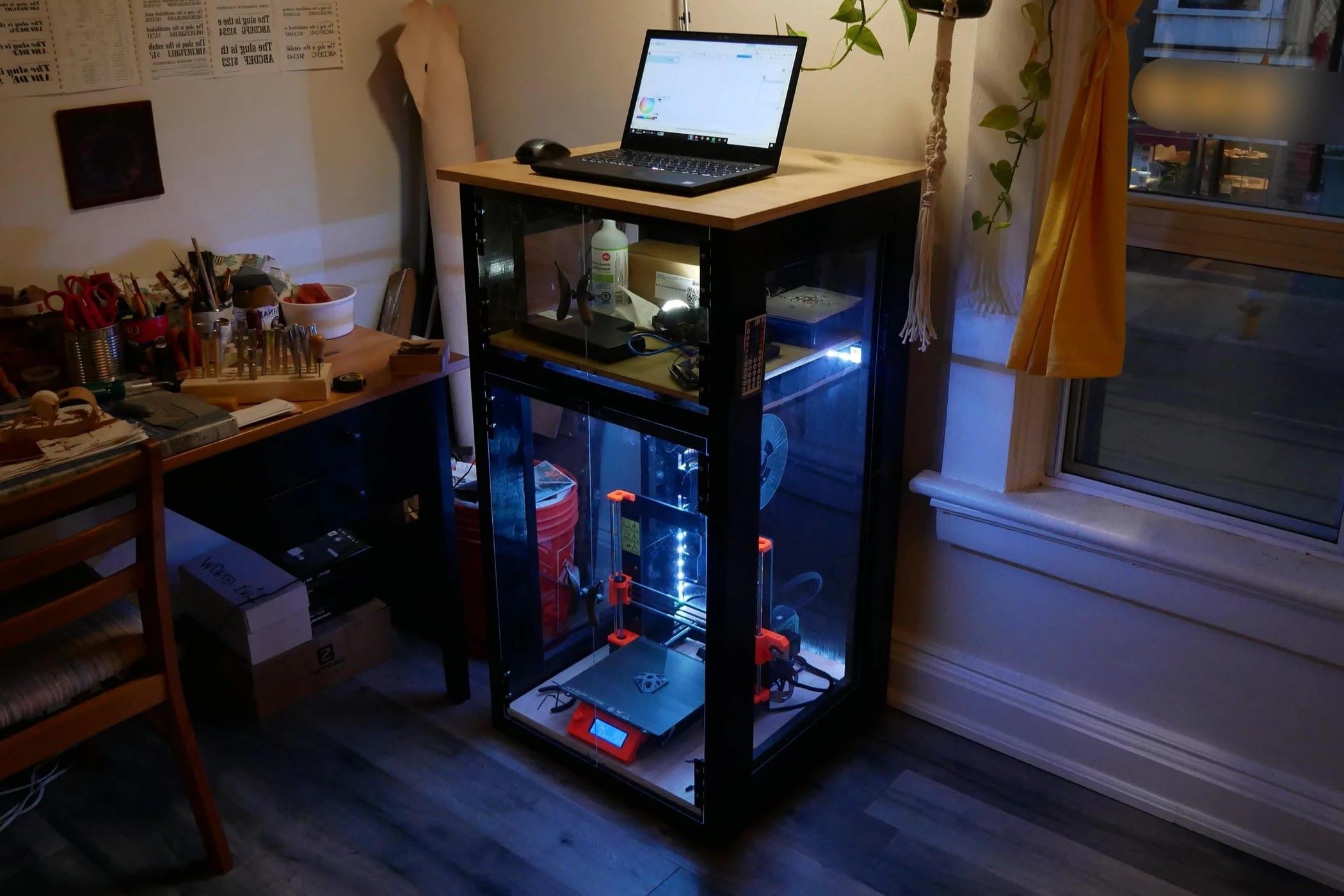

Ideas and Tips
Creating a Functional Craft Corner with a 3D Printer Workstation
Modified: October 27, 2024
Create a functional craft corner with a 3D printer workstation. Discover design tips, essential tools, and practical advice for an efficient DIY workspace.
(Many of the links in this article redirect to a specific reviewed product. Your purchase of these products through affiliate links helps to generate commission for Storables.com, at no extra cost. Learn more)
Creating a functional craft corner with a 3D printer workstation can seem like a daunting task, but it’s totally doable with a bit of planning and creativity. The key is to design a space that’s organized, efficient, and tailored to your specific needs. Whether you’re into woodworking, electronics, or 3D printing, having a dedicated workspace can make your projects more enjoyable and productive.
Design Considerations
Before diving into the setup, think about the design of your craft corner. Understanding how you work and what tools you need for each task is crucial. Here are some key design considerations:
-
Task Zones: Divide your workspace into logical zones based on the tasks you’ll be performing. For example, you might have a main computer station for your day job, a podcasting area, a writing station, and separate zones for PC hardware and SBC (Single-Board Computer) work, 3D printing, and electronics projects.
-
Station Layout: Group similar tasks together to ensure that all necessary items are within easy reach. For instance, if you’re working on PC hardware, having power, Ethernet, peripherals, and a display readily available is essential.
-
Storage: Adequate storage is vital to keep your workspace organized. Use milk crates and garage storage shelves to store tools and parts. This will help keep your workspace tidy and make it easier to find what you need when you need it.
-
Flooring: Choose flooring that is durable and easy to clean. In the article "Building my 'Ultimate Mega Desk' (Part 2)," the author used 1/4" plywood on top of carpet and then added click 'n lock laminate flooring to create a smooth surface that can handle heavy equipment and frequent use.
-
Desk Design: The primary desk should be sturdy and versatile. Consider using marine-grade plywood or other durable materials that can support heavy loads. The author of "Building my 'Ultimate Mega Desk' (Part 2)" used an 8×4 sheet of marine-grade plywood stained and finished with Polyurethane, which serves multiple functions effectively.
Read more: How To Store 3D Printer Filament
Essential Tools
Having the right tools is crucial for any craft corner. Here are some essential tools you’ll need for a 3D printing workstation:
-
3D Printer: This is the centerpiece of your craft corner. Choose a reliable and versatile 3D printer that can handle various materials and print sizes.
-
CAD Software: A computer-aided design (CAD) software like Tinkercad or Fusion 360 is necessary for designing your 3D printing projects. These programs allow you to create detailed designs and simulate prints before actual printing.
-
Soldering Iron and Hot Air Gun: These tools are essential for electronics projects and can also be used in conjunction with 3D printing for post-processing tasks like removing supports or smoothing out prints.
-
Hot Glue Gun: Useful for bonding parts together during assembly or for creating temporary fixes.
-
Power Tools: Depending on the complexity of your projects, you may need power tools like drills, saws, and sanders to prepare materials or assemble parts.
-
Storage Solutions: Milk crates, garage storage shelves, and other storage solutions help keep your workspace organized by providing designated spaces for tools and parts.
Practical Tips
Here are some practical tips to make your craft corner both functional and enjoyable:
-
Zone Organization: Use stickers or labels to identify what each station is for. For example, a blue chest might contain items for PC building and electronics projects, while a red chest contains items for 3D printing and drone builds.
-
Vertical Space Utilization: Maximize vertical space by using wall-mounted shelves or pegboards to store frequently used tools and parts. This keeps your main workspace clear and makes it easier to find what you need quickly.
-
Flexible Storage Solutions: Use flexible storage solutions like milk crates that can be easily rearranged as needed. This flexibility allows you to adapt your workspace to different projects without having to reorganize everything.
-
Ergonomics: Ensure that your workspace is ergonomic. For example, place the 3D printer at eye level so that you don’t have to strain your neck while monitoring the print bed.
-
Maintenance Routine: Establish a regular maintenance routine to keep your workspace clean and organized. This includes tidying up after each project, cleaning the 3D printer regularly, and ensuring that all tools are in their designated places.
Creating a 3D Printer Workstation
A 3D printer workstation should be designed to accommodate the specific needs of your projects. Here’s how you can set one up:
-
Primary Desk: Start with a sturdy primary desk made from durable materials like marine-grade plywood. This desk should be large enough to accommodate multiple tasks and have enough space for your 3D printer, electronics station, and other tools.
-
Secondary Desks: Consider adding secondary desks or worktables for specific tasks. For example, a floating work table can provide additional project space for larger builds.
-
Printer Station: Designate a specific area for your 3D printer. Ensure that it is at eye level and has enough space around it for easy access and maintenance. Use wall-mounted shelves or pegboards to store frequently used tools and parts.
-
Electronics Station: Set up an electronics station with necessary tools like soldering irons, hot air guns, and hot glue guns. This station should be close to the 3D printer to facilitate post-processing tasks.
-
Storage Solutions: Use milk crates and garage storage shelves to store tools and parts. Label each crate or shelf clearly so that you can easily find what you need when you need it.
Practical Applications of 3D Printing
3D printing is an incredibly versatile technology with a wide range of practical applications. Here are some examples:
-
Tool Organization: Use 3D printing to create custom tool organizers like gridfinity bins that can be used to store small parts and tools on your workbench or in your parts drawers.
-
Project Fixtures: Print fixtures that you use on a CMM (Coordinate Measuring Machine) or other precision tools. These fixtures can help improve the accuracy and efficiency of your projects.
-
Custom Parts: Print custom parts like battery cases, fan shrouds, latches, connector mounts, hooks, and other accessories that are not readily available in the market.
-
Home Decor: Use 3D printing to create home decor items like light shelf brackets, succulent planters, orchid planters, reference book stands, door stops, picture frames, bed leg levelers, and other decorative items.
-
Functional Items: Print functional items like chip clips for the kitchen, different hoover attachments for under specific sofas or cabinets, curtain rods with swivel attachments when needed, tablet stands for Raspberry Pi devices, spice racks for organizing spices in the kitchen, hose connections for gardening tools, filter holders for laminar flow boxes in laboratories or homes with pets like fish tanks or aquariums.
Read more: Where To Put A 3D Printer
Designing Your Own Fabric with 3D Printing
While 3D printing is commonly associated with solid objects, it can also be used to create flexible fabrics. Here’s how you can design and print your own fabric:
-
Choose Your Material: Decide on the type of fabric you want to make. Do you want it to be very flexible or soft? Should it hold its shape or let lots of light through? What could your fabric be used for? For example, you might want a fabric that can be pulled apart to let more air or light through.
-
Basic Design: Decide on the basic design for your fabric. You can use interlocking pieces or rigid pieces connected by flexible pieces. Browsing models on Tinkercad can give you ideas for designs like circle mesh, square grid, triangle grid.
-
Designing Units: Create a single unit of your fabric design in a CAD program like Tinkercad. This unit should consist of small rigid flat triangles connected by thinner more flexible strips. Make sure that adjacent units align or interlock properly so that the entire piece of fabric fits in the bounding box of your printer.
-
Printing Fabric: After designing a single unit of your fabric, make copies of it to form the complete sheet of fabric using an array or pattern feature in your CAD software. Ensure that all units align properly before printing.
Print-in-Place Designs
Print-in-place designs allow you to create assemblies that can be used immediately after printing without any further manual assembly. Here’s how you can design a print-in-place spring-loaded box using Fusion 360:
-
Sketching Assembly: Start by sketching out an idea of what assembly you want to create. Consider criteria like moving parts, support requirements, aesthetics, and simplification of existing designs.
-
Planning Design: Plan your design on paper or digitally using Fusion 360. Estimate how large each part should be and decide on mechanisms like gears or springs that can be combined using 3D printing.
-
Connecting Parts: Connect parts in a way that allows them to move when the print is finished. For example, designing a spring-loaded box involves combining gears with spiral springs to reduce the number of parts needed.
-
Final Assembly: Once you have designed all parts, connect them in Fusion 360 so that they move as intended when printed. This ensures that your assembly is functional from the start.
Creating a functional craft corner with a 3D printer workstation involves careful planning and organization. By dividing your workspace into logical zones and using flexible storage solutions like milk crates, you can keep your workspace tidy and efficient. Essential tools like CAD software, soldering irons, hot air guns, and power tools are necessary for various tasks. Practical tips such as maximizing vertical space and establishing regular maintenance routines help ensure that your workspace remains productive over time.
The versatility of 3D printing allows it to be used in a wide range of applications from tool organization to home decor and functional items. Designing your own fabric or creating print-in-place assemblies like spring-loaded boxes further enhances the capabilities of your craft corner.
In summary, with these design considerations, essential tools, and practical tips, you can create a highly functional craft corner that maximizes the potential of your 3D printer and enhances your overall DIY experience.
Was this page helpful?
At Storables.com, we guarantee accurate and reliable information. Our content, validated by Expert Board Contributors, is crafted following stringent Editorial Policies. We're committed to providing you with well-researched, expert-backed insights for all your informational needs.
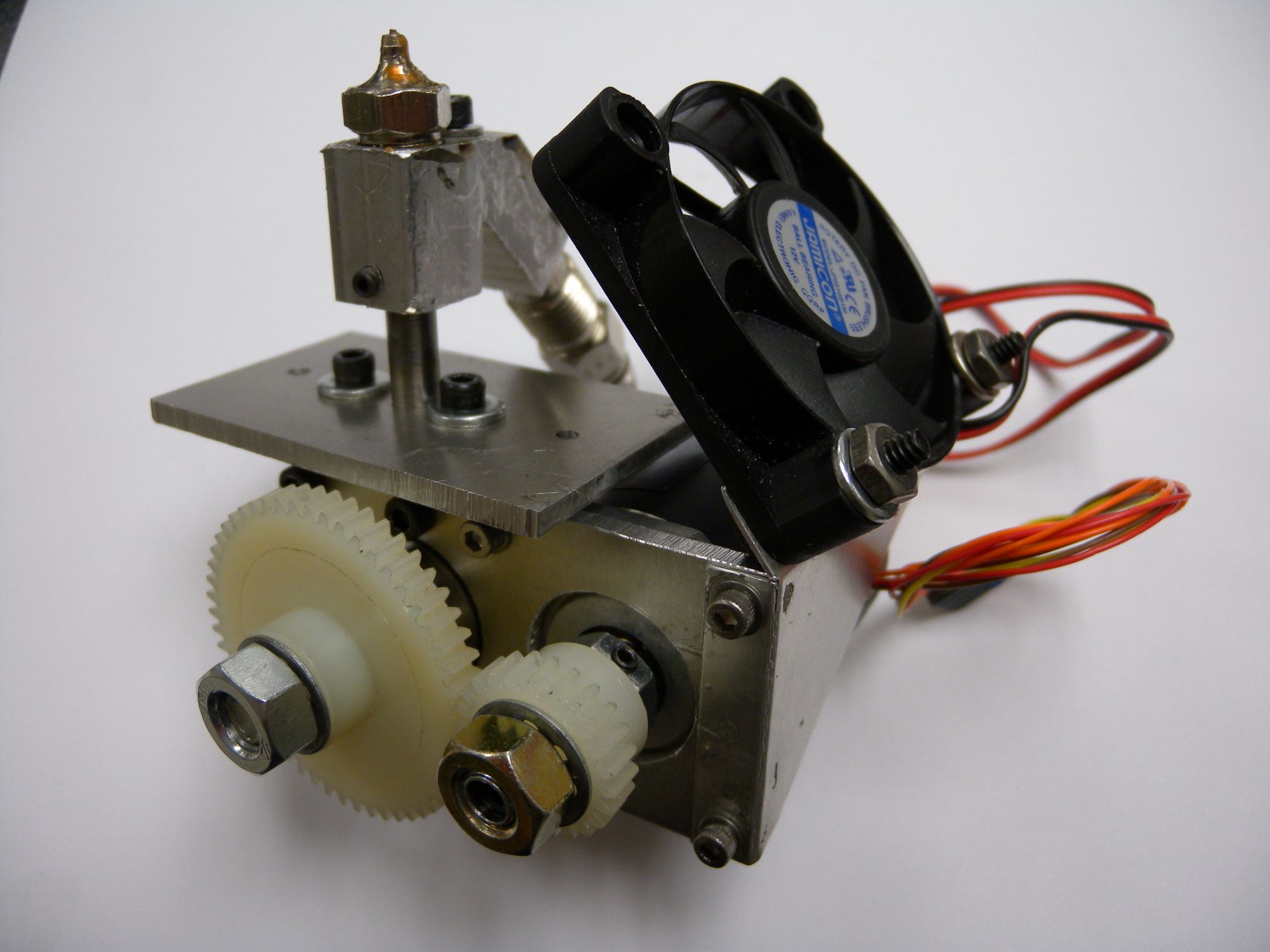
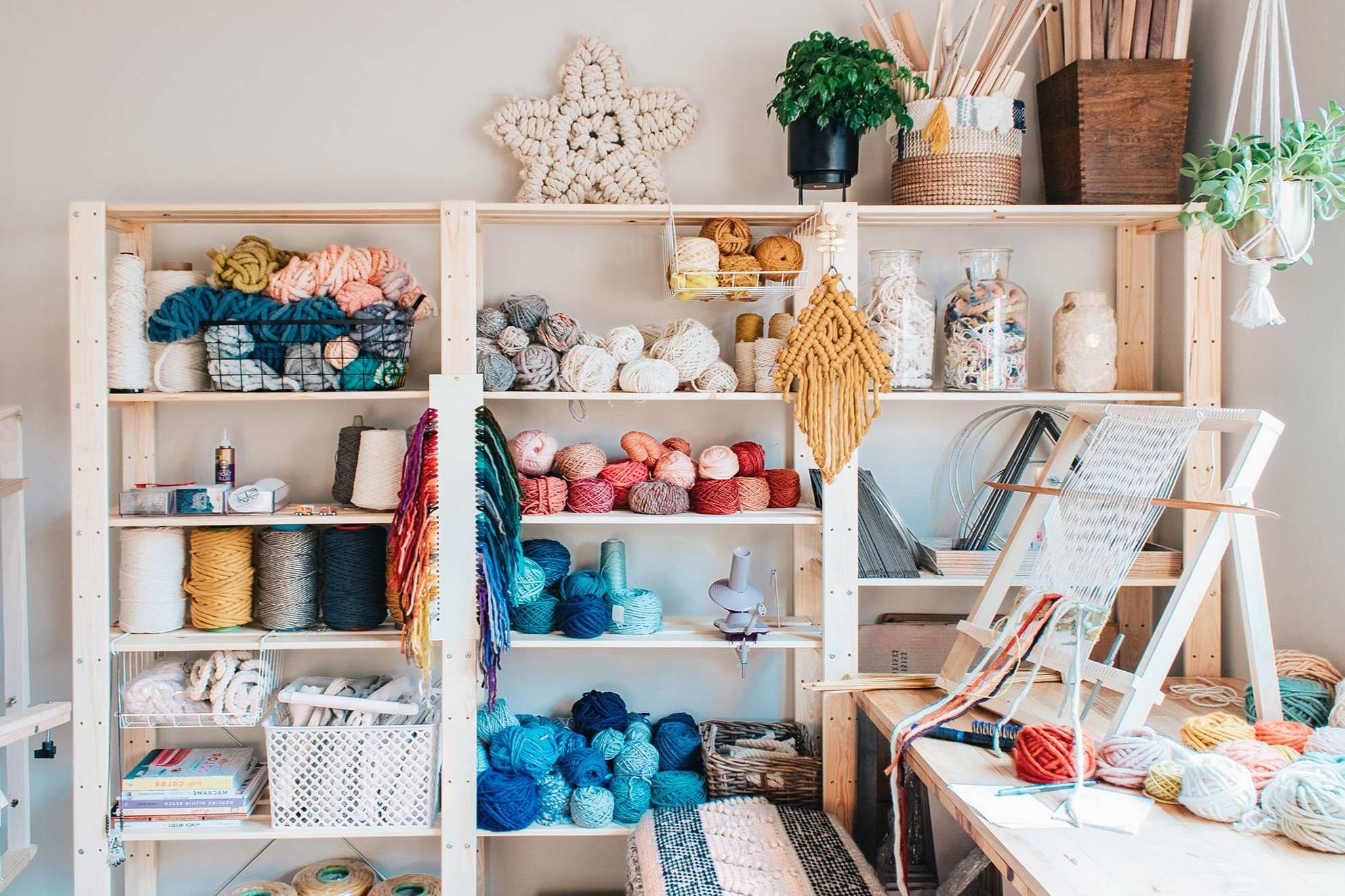
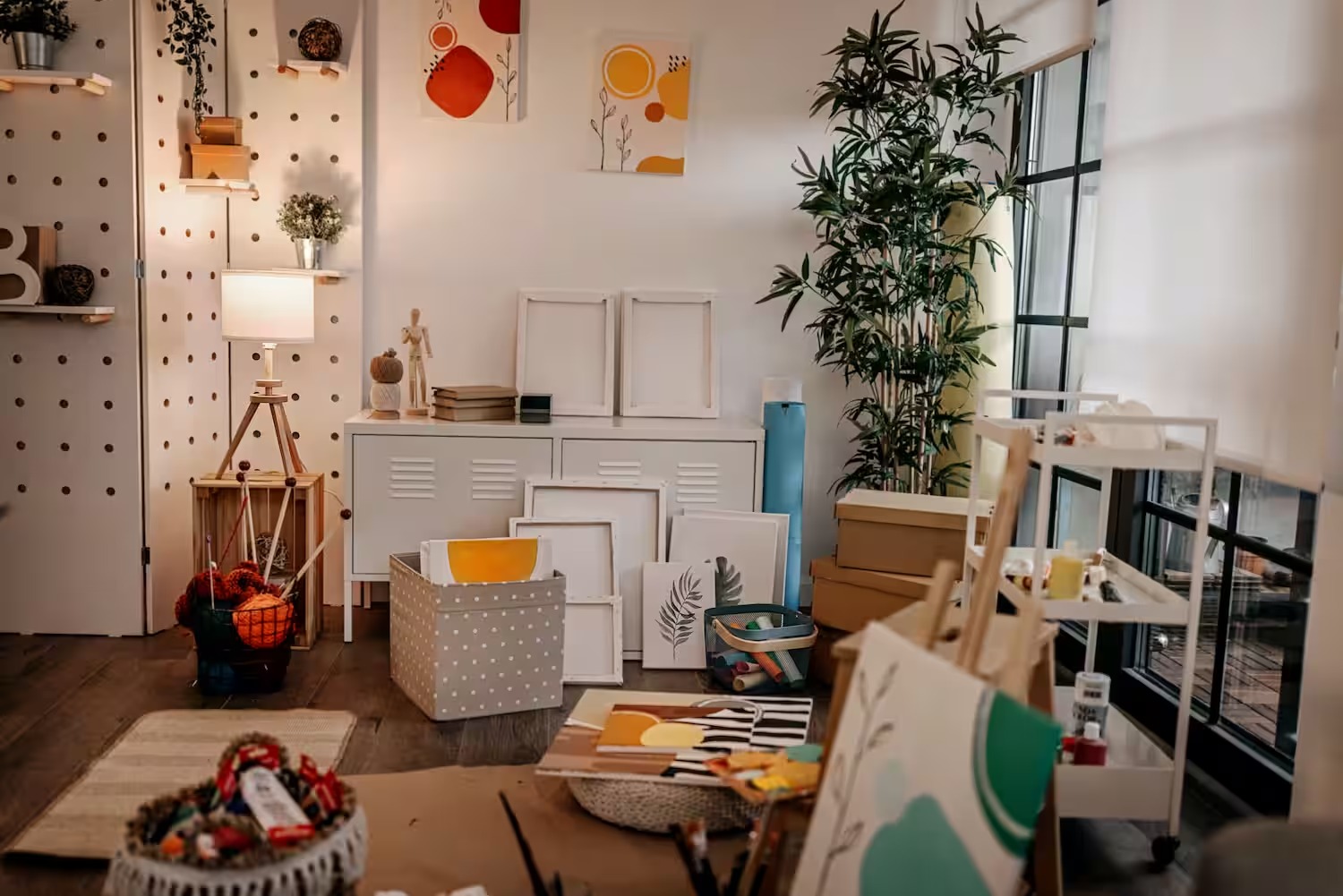
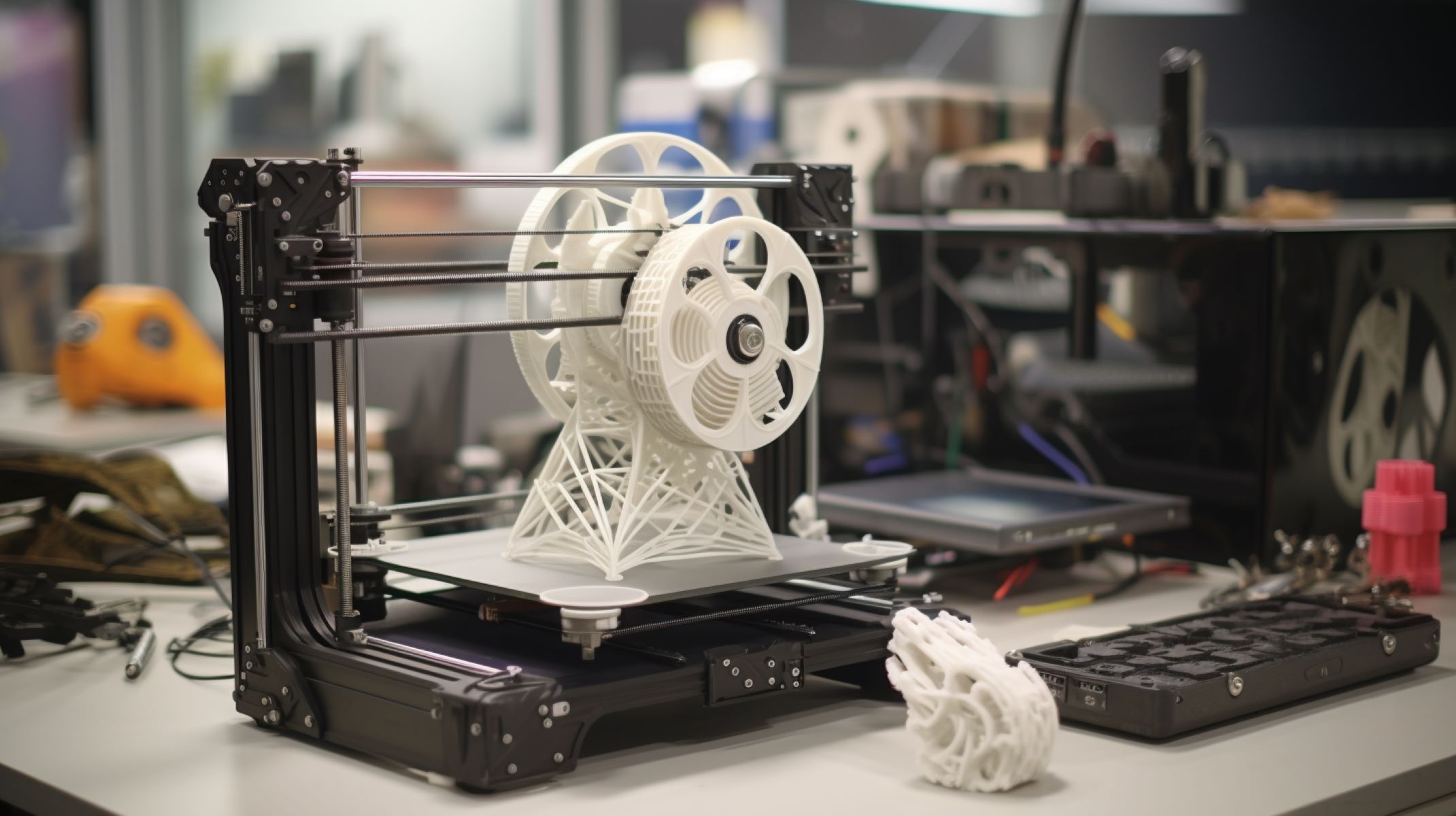
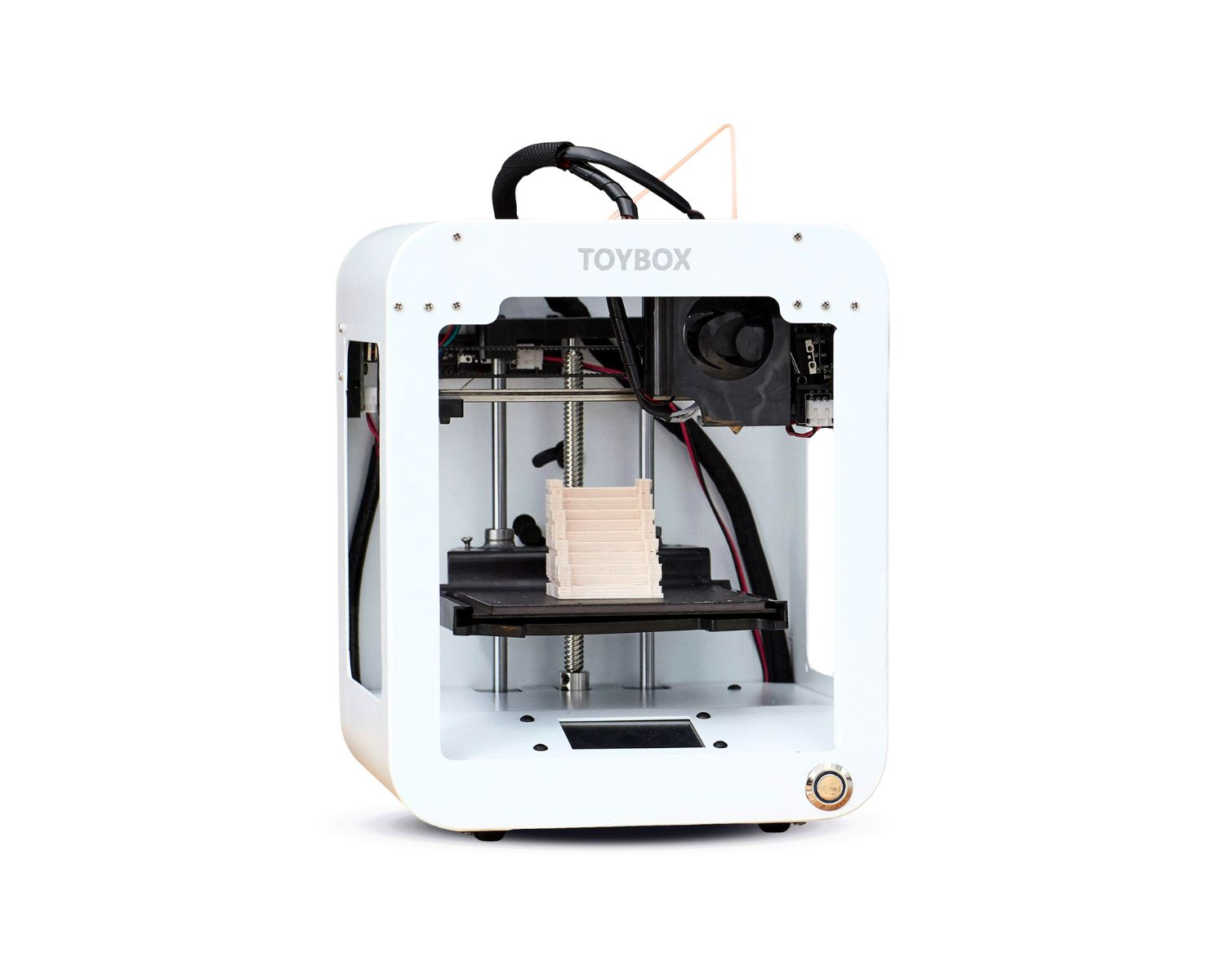
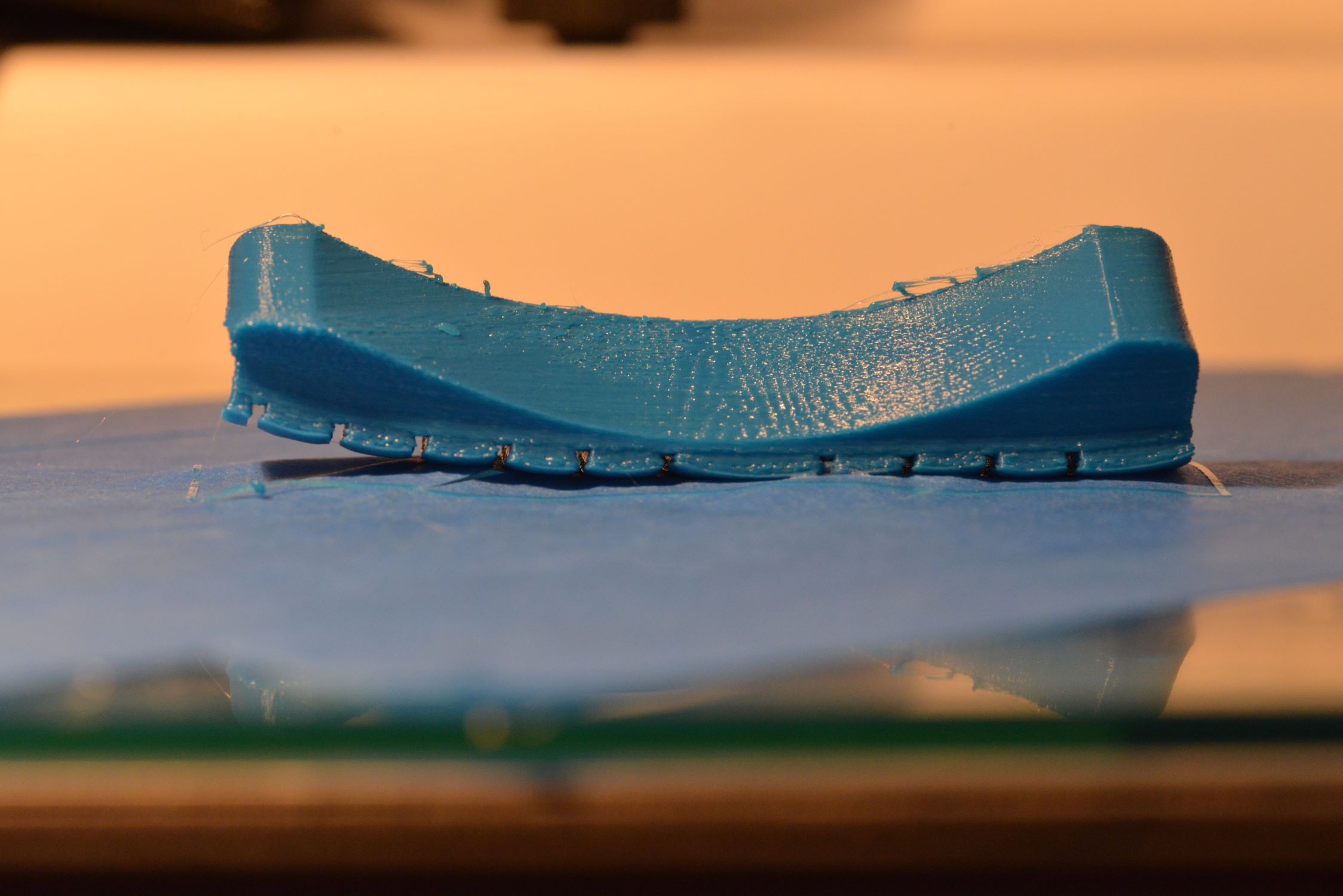
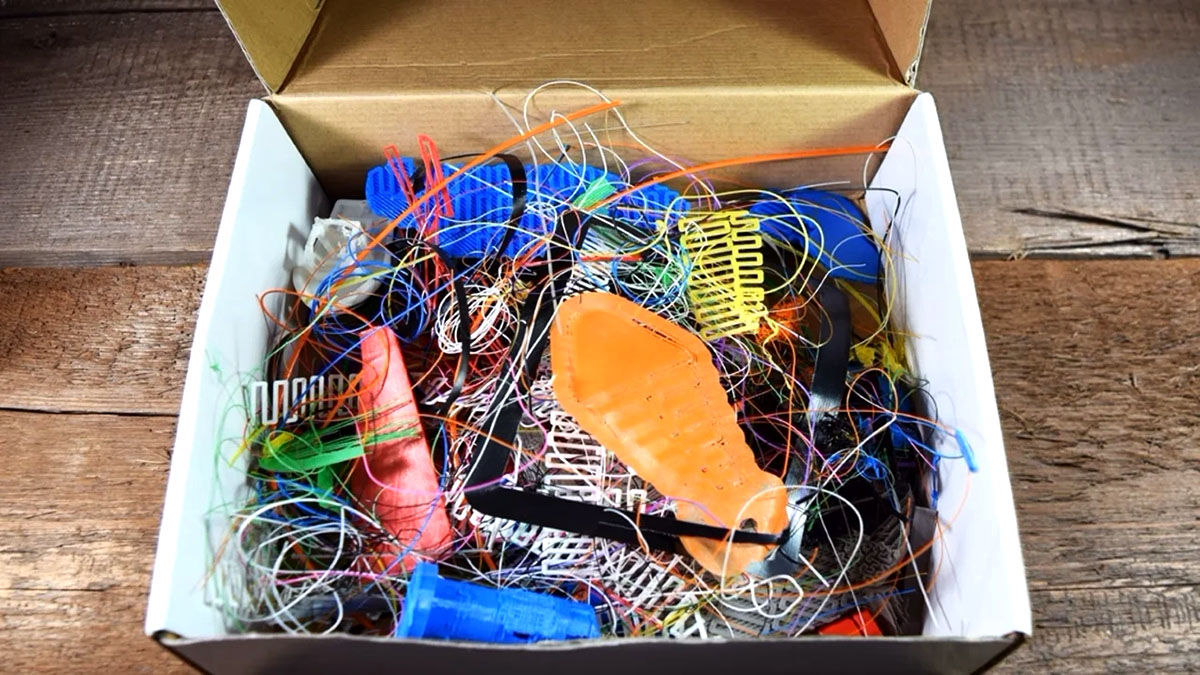
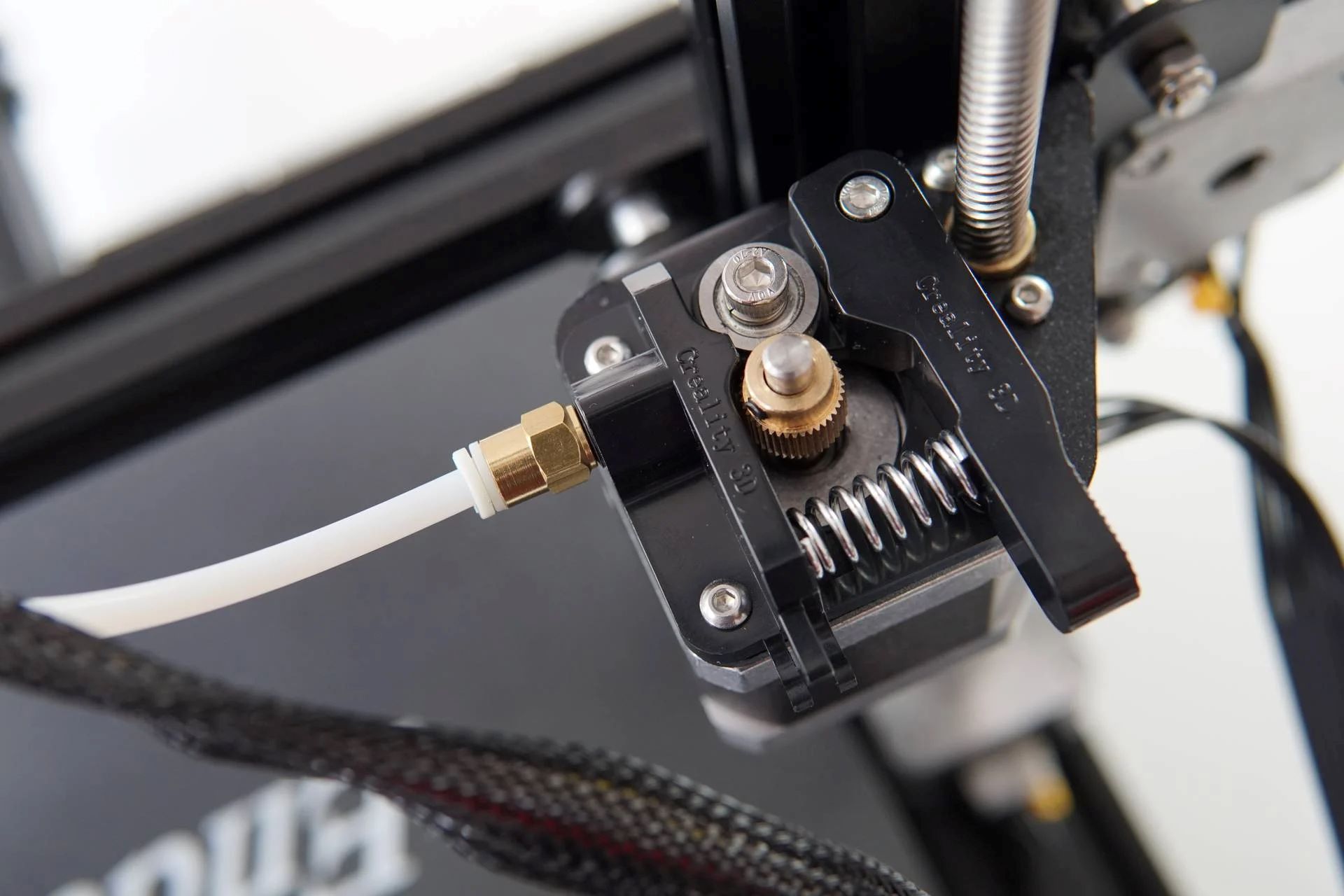
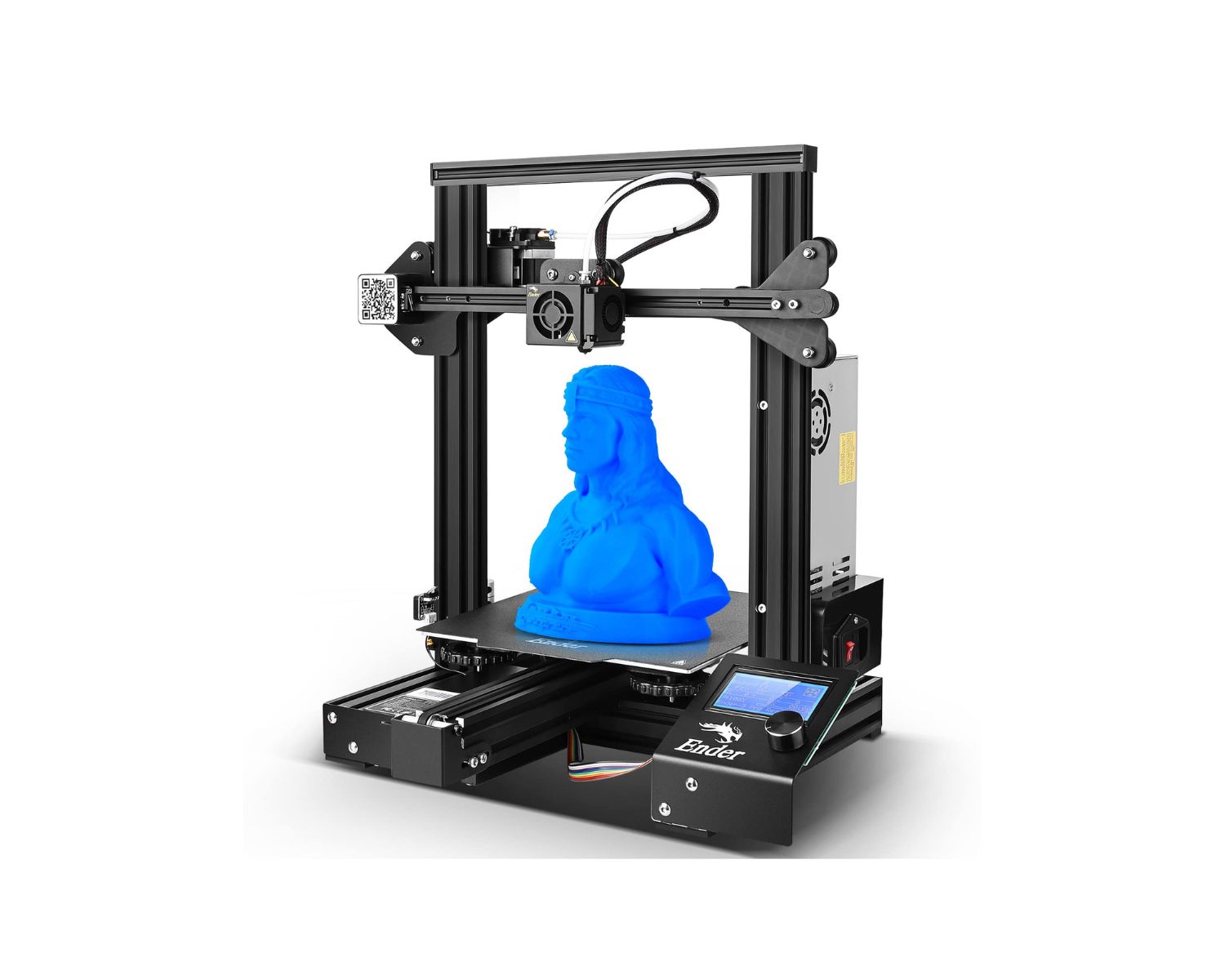
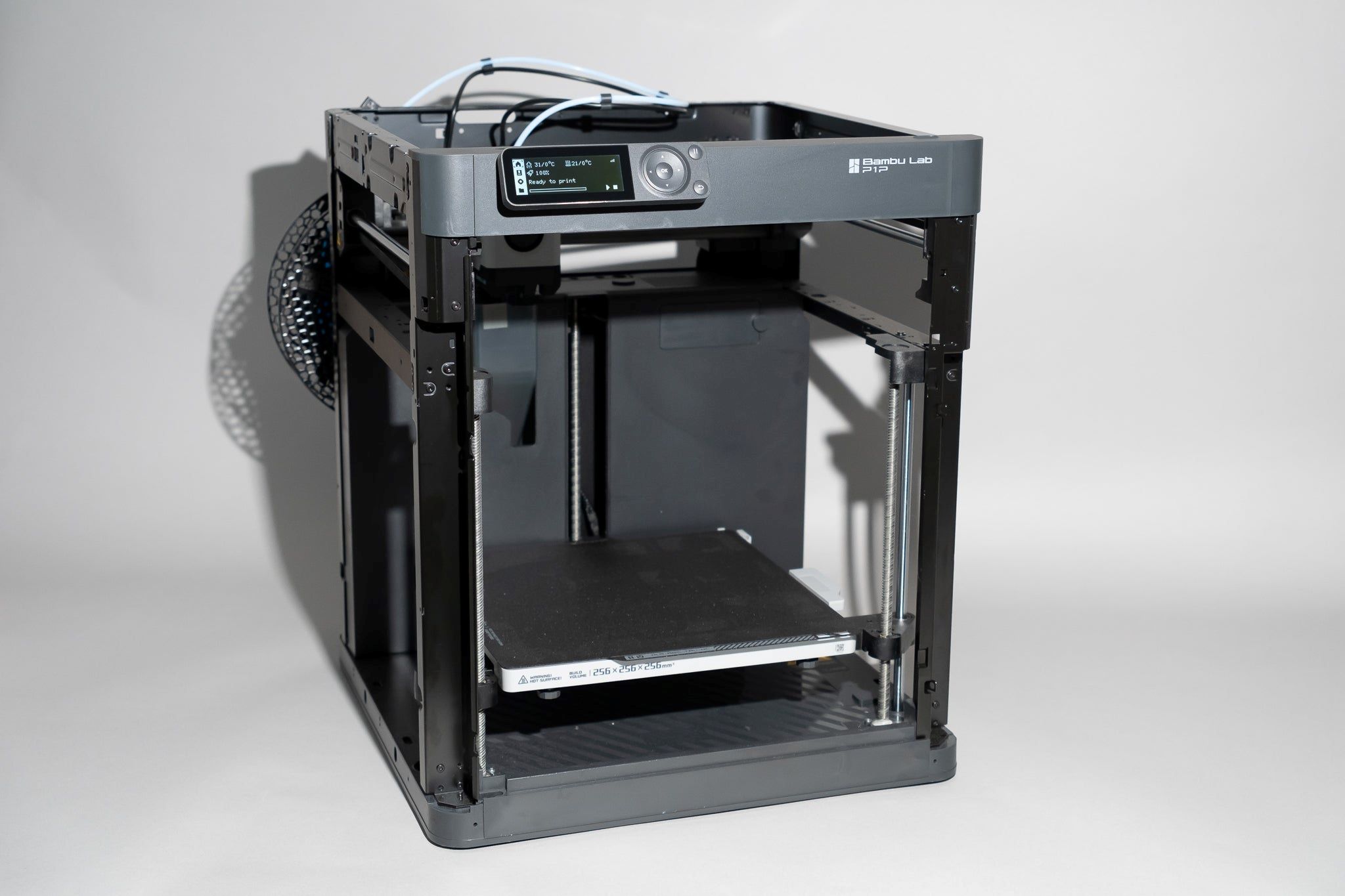
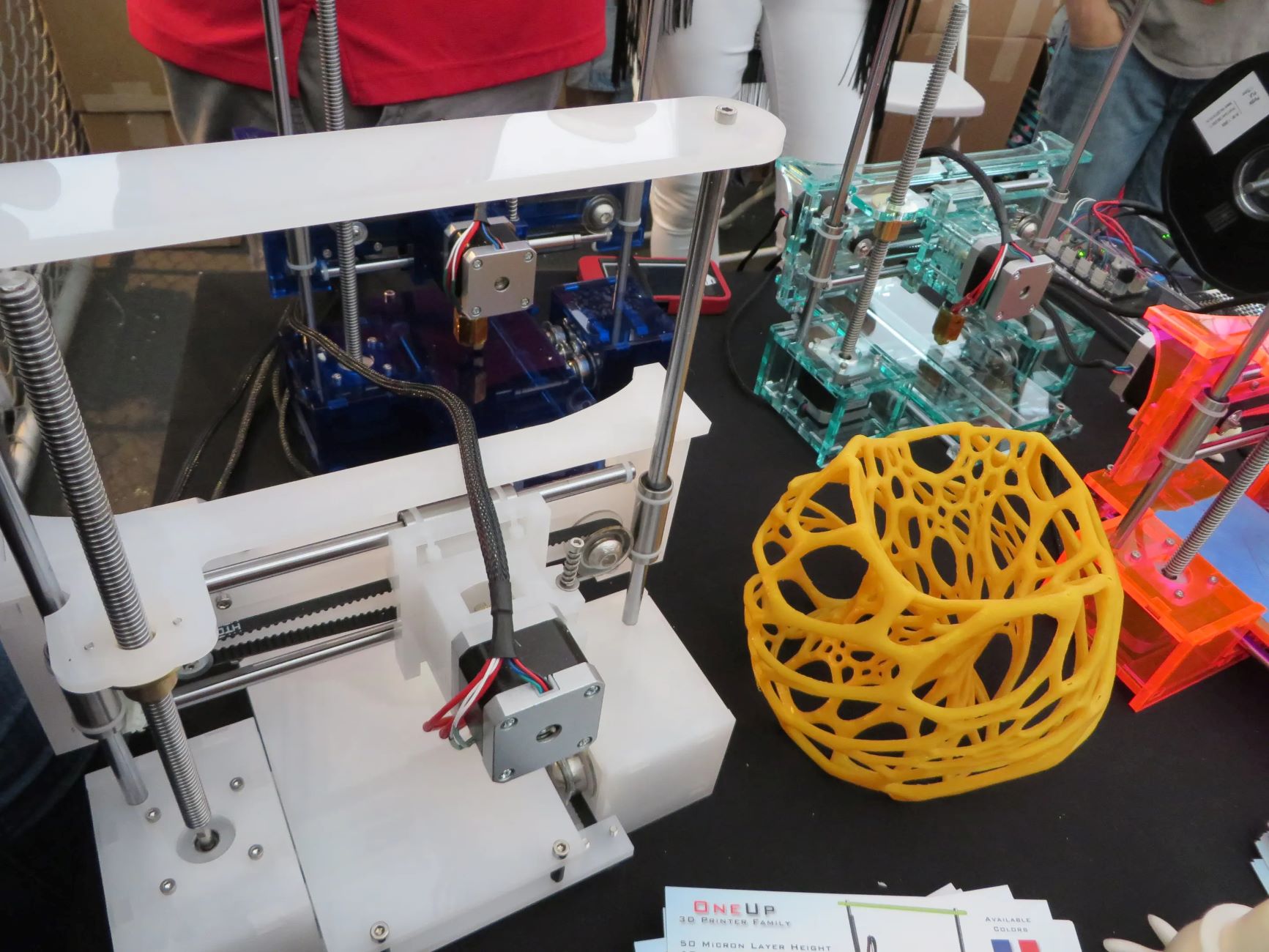
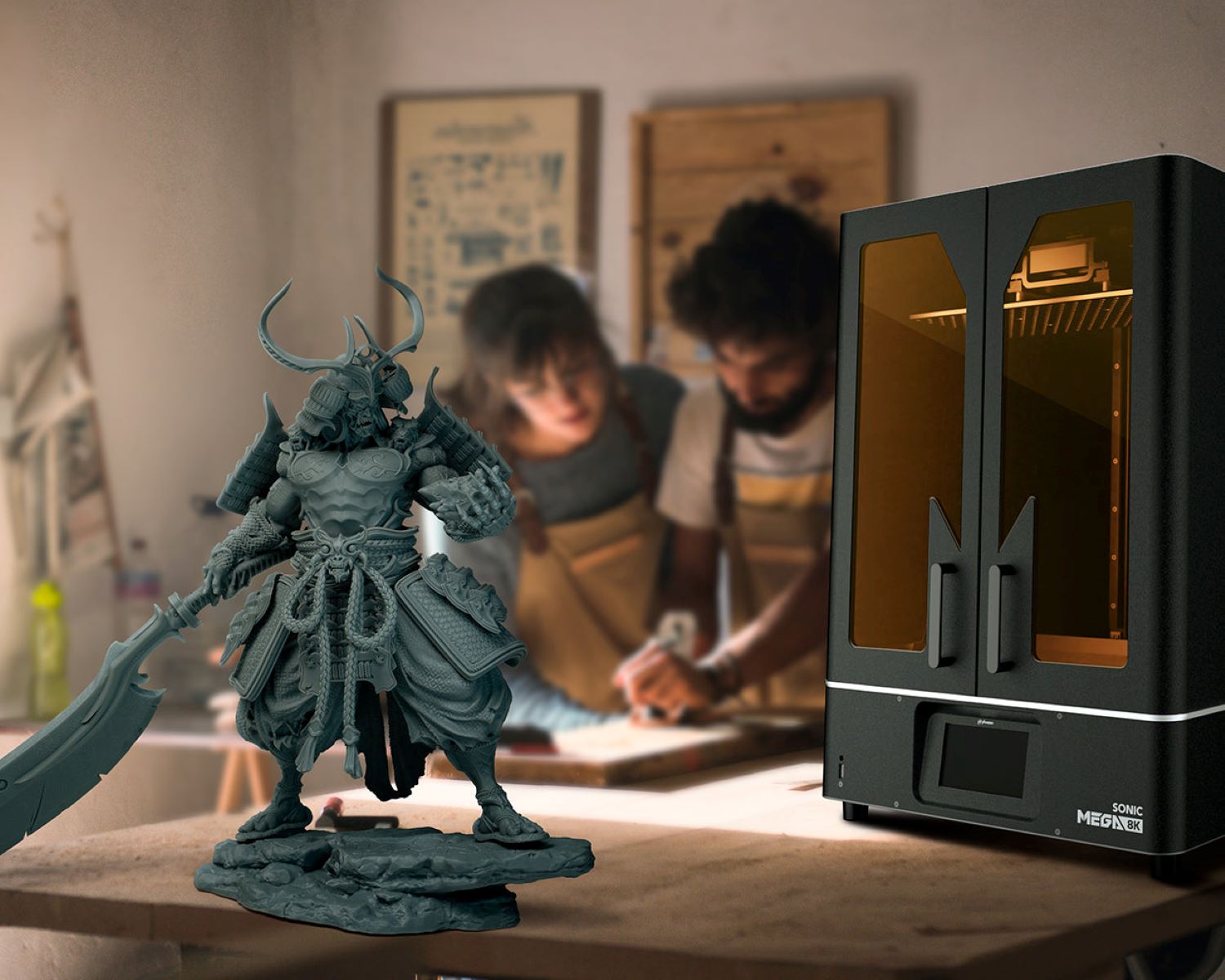
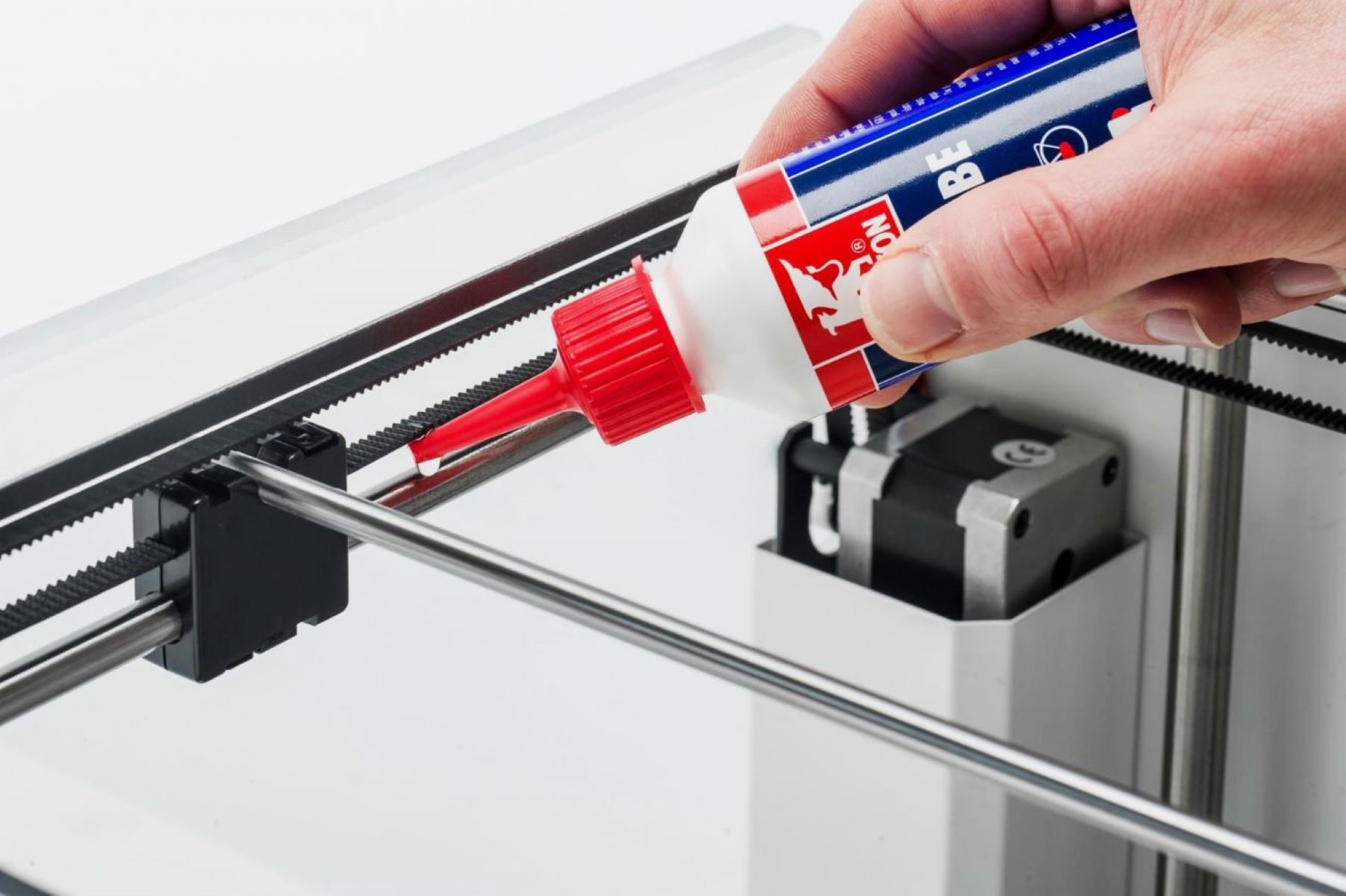
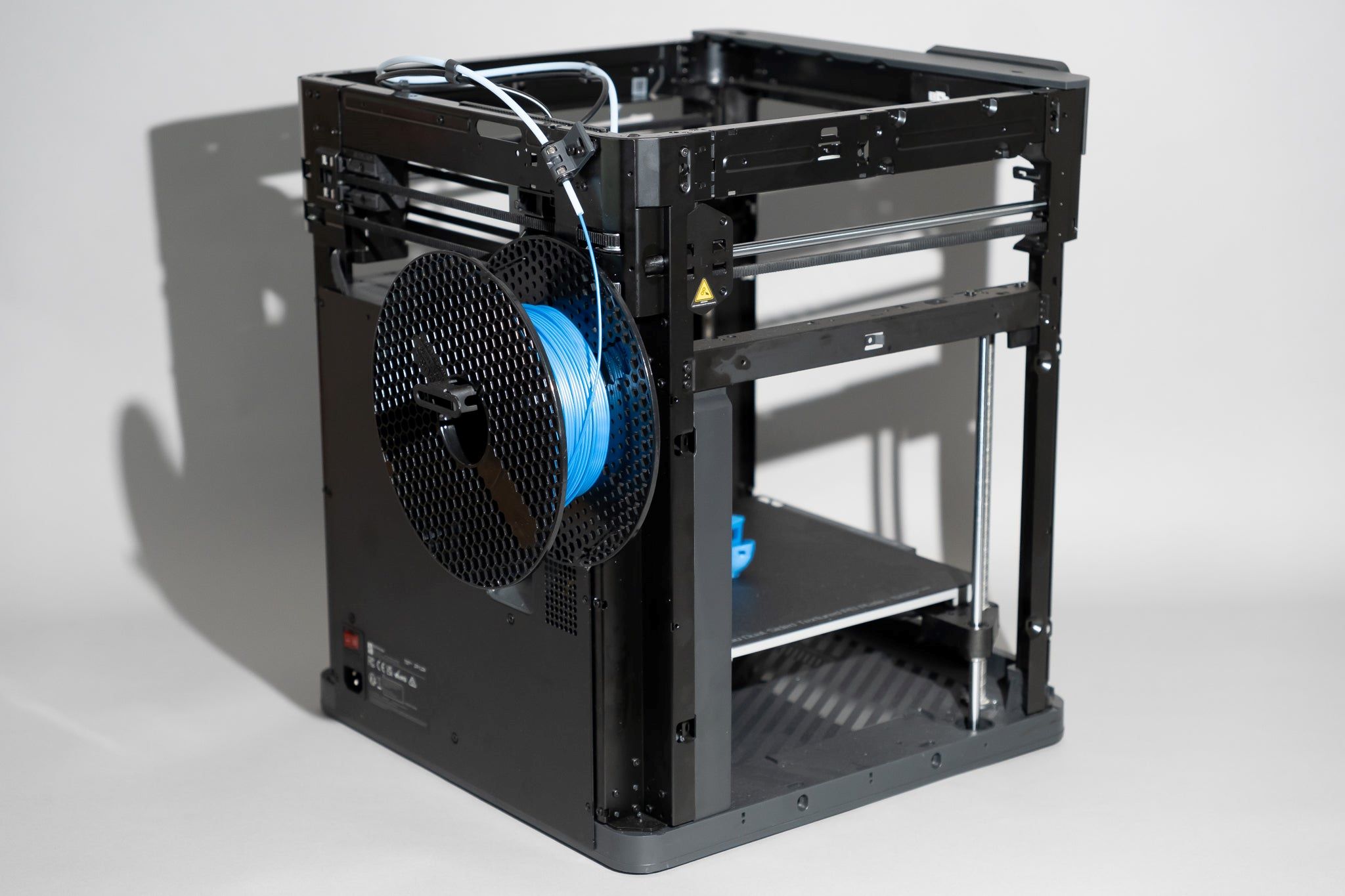

0 thoughts on “Creating a Functional Craft Corner with a 3D Printer Workstation”